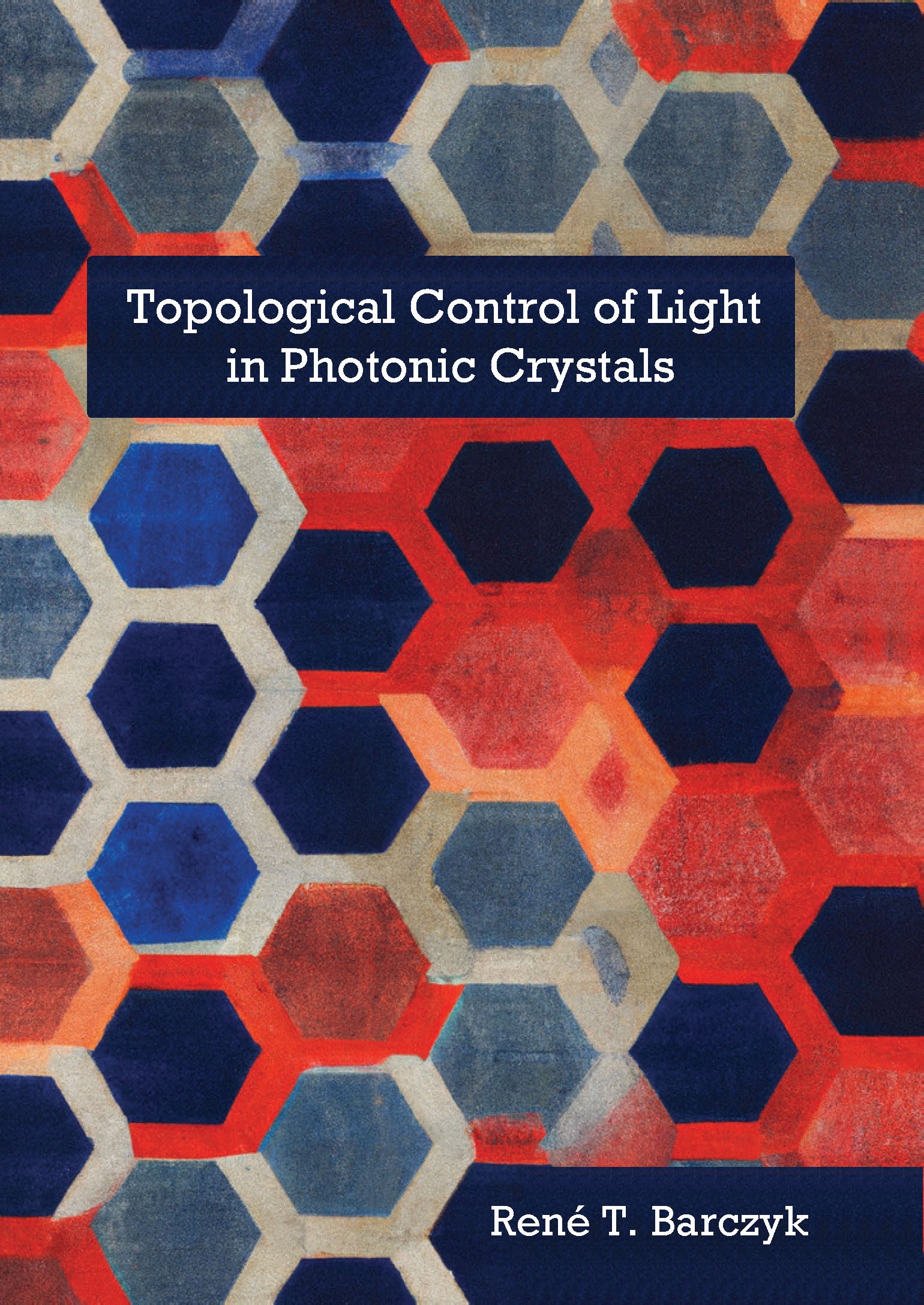Topological Control of Light in Photonic Crystals
In this thesis, we explore the possibilities of controlling the flow, confinement, and emission of light in two-dimensional topological photonic crystals. We identify the hallmarks of the underlying non-trivial band topology in the optical properties of waveguides and resonators operating in the telecom frequency regime, and demonstrate the engineering of mode dispersion, localization, and radiative coupling by virtue of tailored lattice geometries.
First, we put the topological protection that is mediated by the presence of specific lattice symmetries in the photonic crystal platform to the test (ch. 3). Supported by phase-sensitive near-field scanning optical microscopy, we resolve forward- and backward-propagating waveguide modes and perform a detailed quantification of the amount of backscattering experienced at engineered defects.
Next, we examine the signatures of topological light confinement in the far-field emission of cavities in a photonic crystal platform that supports helical edge states which are weakly coupled to the radiation continuum (ch. 4). The mapped mode profiles and spectra reflect on their origin in the topological band structure and hallmarks of topological protection in the loss rates are demonstrated. We also explore the potential of the cavities as components in photonic integrated devices when coupled to topological waveguides.
Lastly, we study the possibilities to control light propagation and localization on chip with synthetic gauge fields (ch. 5). As light does not naturally interact with real magnetic fields, we experimentally realize pseudomagnetic fields in two-dimensional photonic crystals through engineered strain of the lattice. This induces flat-band Landau levels at discrete energies, with associated high degeneracy and local density of states. Taking advantage of the photonic crystal’s design freedom, we also realize domains of opposite pseudomagnetic field that host chiral edge states at their interface.



